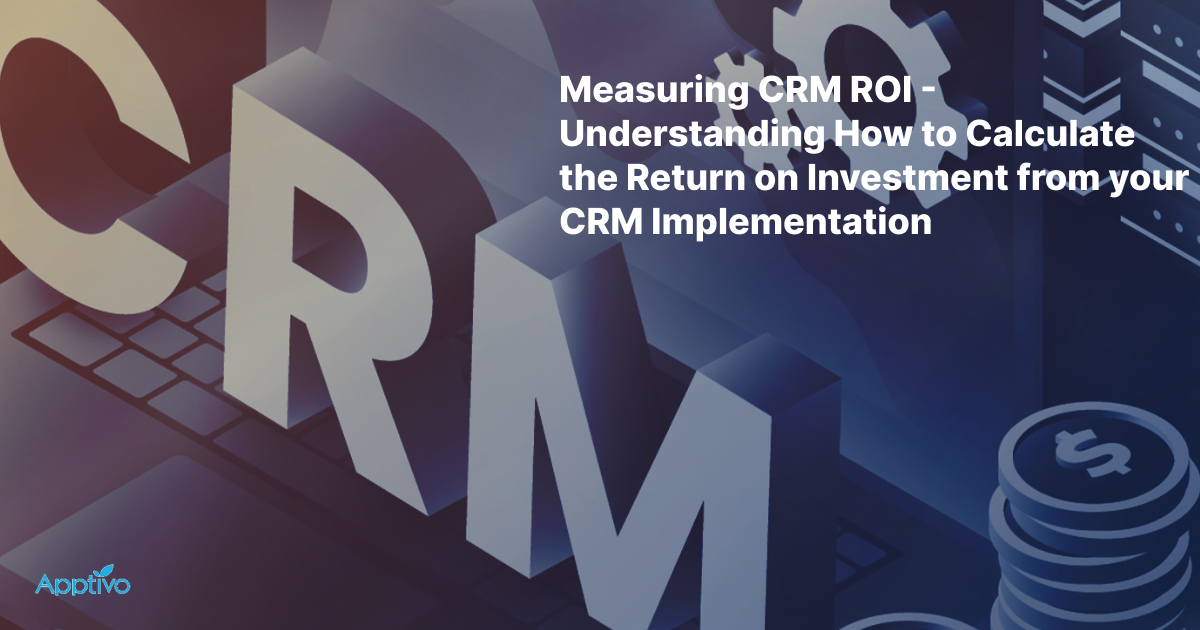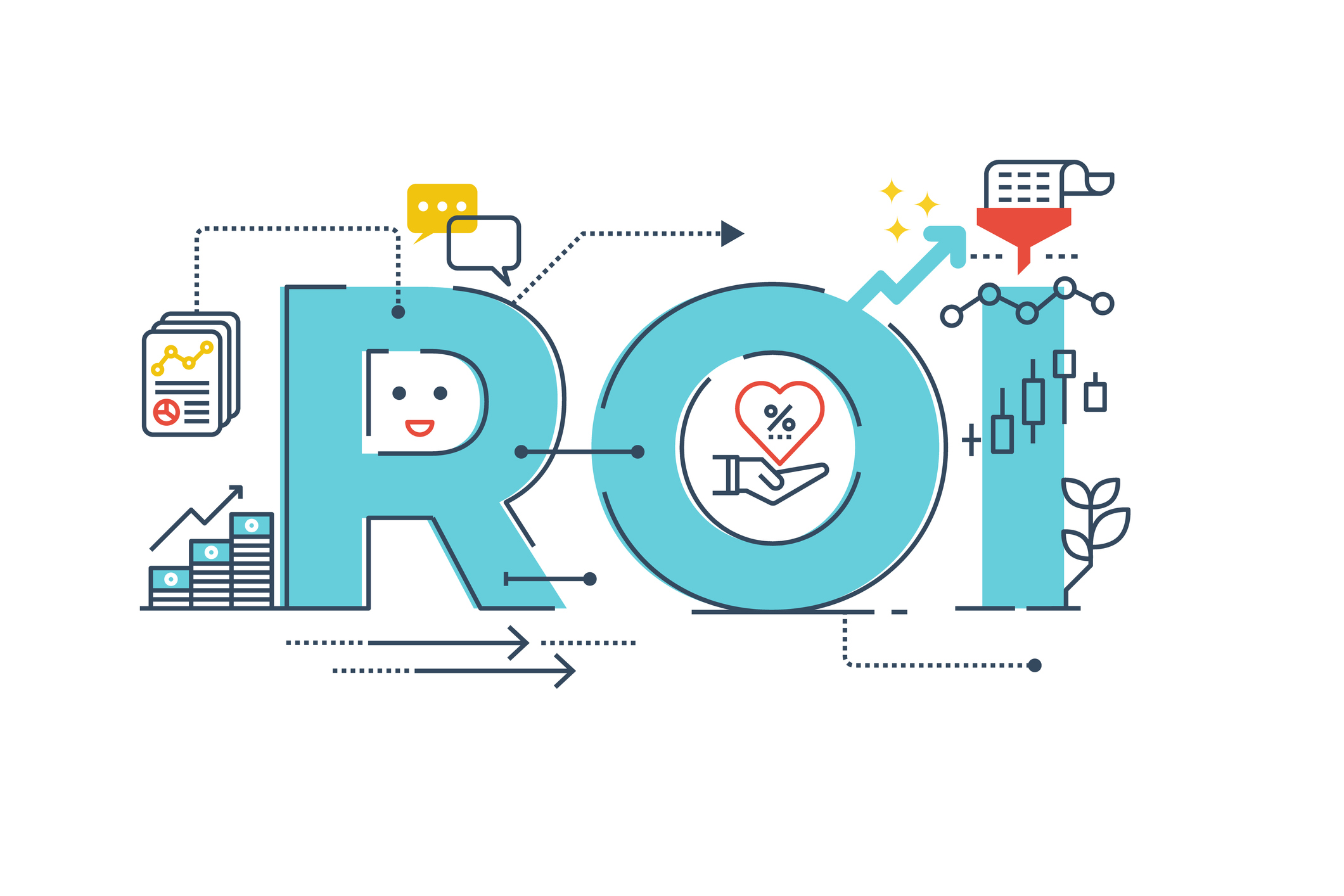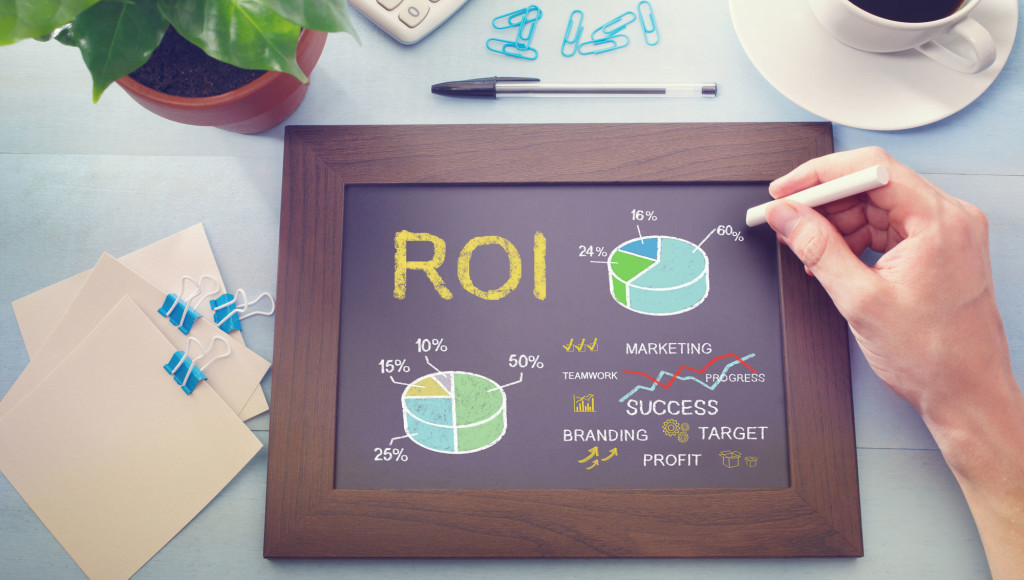Measuring ROI On Your CRM Investment: Unlocking The True Value Of Your Customer Relationship Management System
Measuring ROI on Your CRM Investment: Unlocking the True Value of Your Customer Relationship Management System

Investing in a Customer Relationship Management (CRM) system is a big decision for any business. With the promise of improved customer relationships, increased sales, and enhanced efficiency, it's no wonder that more and more companies are jumping on the CRM bandwagon. But, how do you know if your CRM investment is really paying off? Measuring ROI on your CRM investment is crucial to understanding the true value of your CRM system and making informed decisions about its future use. In this article, we'll explore the importance of measuring ROI, how to calculate it, and what factors to consider when evaluating the success of your CRM system.
Understanding the Importance of Measuring ROI
Before we dive into the nitty-gritty of measuring ROI, let's take a step back and understand why it's so important. Your CRM system is a significant investment, requiring substantial financial, time, and human resources. Without a clear understanding of its impact on your business, you risk not getting the most out of your CRM system, or worse, investing in a system that's not delivering any real value.
Measuring ROI helps you to:
-
- Justify your CRM investment to stakeholders
- Identify areas for improvement and optimize your CRM system
- Make informed decisions about future investments and enhancements
- Compare the performance of different CRM systems or vendors
- Align your CRM strategy with your overall business goals
Defining ROI and How to Calculate It
So, what is ROI, and how do you calculate it? ROI, or Return on Investment, is a simple yet powerful metric that measures the financial return on your investment. It's calculated by dividing the net gain of an investment by its net cost, expressed as a percentage.
Here's the basic formula:
ROI = (Net Gain / Net Cost) x 100

In the context of your CRM system, the net gain represents the benefits or returns generated by the system, such as increased sales, reduced costs, or improved efficiency. The net cost represents the total investment in the CRM system, including software, hardware, training, and maintenance costs.
To calculate the ROI of your CRM system, you'll need to gather data on both the benefits and costs associated with the system. Here are some key metrics to consider:
-
- Sales revenue generated from CRM-led opportunities
- Reduction in sales cycle time or costs

- Improvement in customer satisfaction or retention rates
- Increased productivity or efficiency savings
- Total cost of CRM software, hardware, and maintenance
- Training and implementation costs
- Ongoing support and maintenance costs
Identifying CRM Benefits and Costs
To accurately measure the ROI of your CRM system, you need to identify all the relevant benefits and costs associated with the system. Here are some key areas to consider:
Benefits:
- Increased Sales: Measure the revenue generated from sales opportunities managed through the CRM system. You can use metrics such as sales revenue, conversion rates, or deal size to quantify these benefits.
- Improved Customer Retention: Track the retention rates of customers managed through the CRM system. You can use metrics such as customer churn rates, customer satisfaction ratings, or repeat business rates.
- Reduced Sales Cycle Time: Measure the time taken to close deals or complete sales cycles. You can use metrics such as sales cycle time, prospect-to-customer conversion rates, or time-to-close rates.
- Increased Productivity: Track the productivity gains of sales, marketing, and customer service teams using the CRM system. You can use metrics such as lead response times, sales call volumes, or customer service resolution rates.
Costs:
- Software and Hardware Costs: Include the initial purchase or subscription costs of the CRM software and any associated hardware costs.
- Training and Implementation Costs: Track the costs associated with training staff to use the CRM system, implementing the system, and ongoing support.
- Ongoing Maintenance Costs: Include the costs of maintaining the CRM system, including software updates, bug fixes, and technical support.
- Staffing and Resource Costs: Track the costs associated with staffing and resourcing the CRM system, including salaries, benefits, and overheads.
Factors to Consider When Measuring ROI
When measuring the ROI of your CRM system, there are several factors to consider to ensure accuracy and reliability. Here are some key considerations:
- Timeframe: Measure ROI over a specific timeframe, such as quarterly or annually, to capture changes in business performance.
- Metrics: Use relevant metrics that align with your business goals and objectives. For example, if your goal is to increase sales revenue, use sales revenue metrics to measure ROI.
- Data Quality: Ensure data accuracy and quality by using reliable sources and consistent data collection methods.
- Adjustments: Make adjustments for factors such as changes in business conditions, market trends, or external factors that may impact ROI calculations.
- Benchmarking: Compare your CRM system's ROI with industry benchmarks or competitor performance to gauge relative performance.
Common Challenges and Pitfalls
Measuring ROI can be a complex and challenging task, especially when it comes to CRM systems. Here are some common pitfalls to watch out for:
- Lack of Data: Poor data quality or missing data can make it difficult to accurately measure ROI.
- Insufficient Tracking: Failing to track key metrics or benefits can lead to incomplete or inaccurate ROI calculations.
- Unrealistic Expectations: Setting unrealistic targets or timelines for ROI can lead to disappointment and incorrect conclusions.
- Overemphasis on Short-Term Gains: Focusing too much on short-term gains can lead to decisions that compromise long-term ROI.
Best Practices for Measuring ROI
To ensure accurate and reliable ROI measurements, follow these best practices:
- Clearly Define Business Objectives: Align your CRM strategy with clear business objectives to ensure that ROI metrics are relevant and meaningful.
- Establish a Baseline: Measure current performance before implementing the CRM system to establish a baseline for future comparisons.
- Track Key Metrics: Monitor key metrics and benefits associated with the CRM system to gather accurate data.
- Regular Review and Analysis: Regularly review and analyze ROI data to identify trends, areas for improvement, and opportunities for optimization.
- Communicate Results: Share ROI results with stakeholders to ensure that everyone is informed and aligned.
Conclusion
Measuring ROI on your CRM investment is crucial to understanding the true value of your CRM system and making informed decisions about its future use. By identifying the benefits and costs associated with your CRM system, calculating ROI accurately, and considering key factors such as timeframe, metrics, data quality, and adjustments, you can unlock the full potential of your CRM system. Remember to track key metrics, establish a baseline, and regularly review and analyze ROI data to ensure accurate and reliable results. By following best practices and avoiding common pitfalls, you can harness the power of your CRM system to drive business success and growth.

Comments
Post a Comment